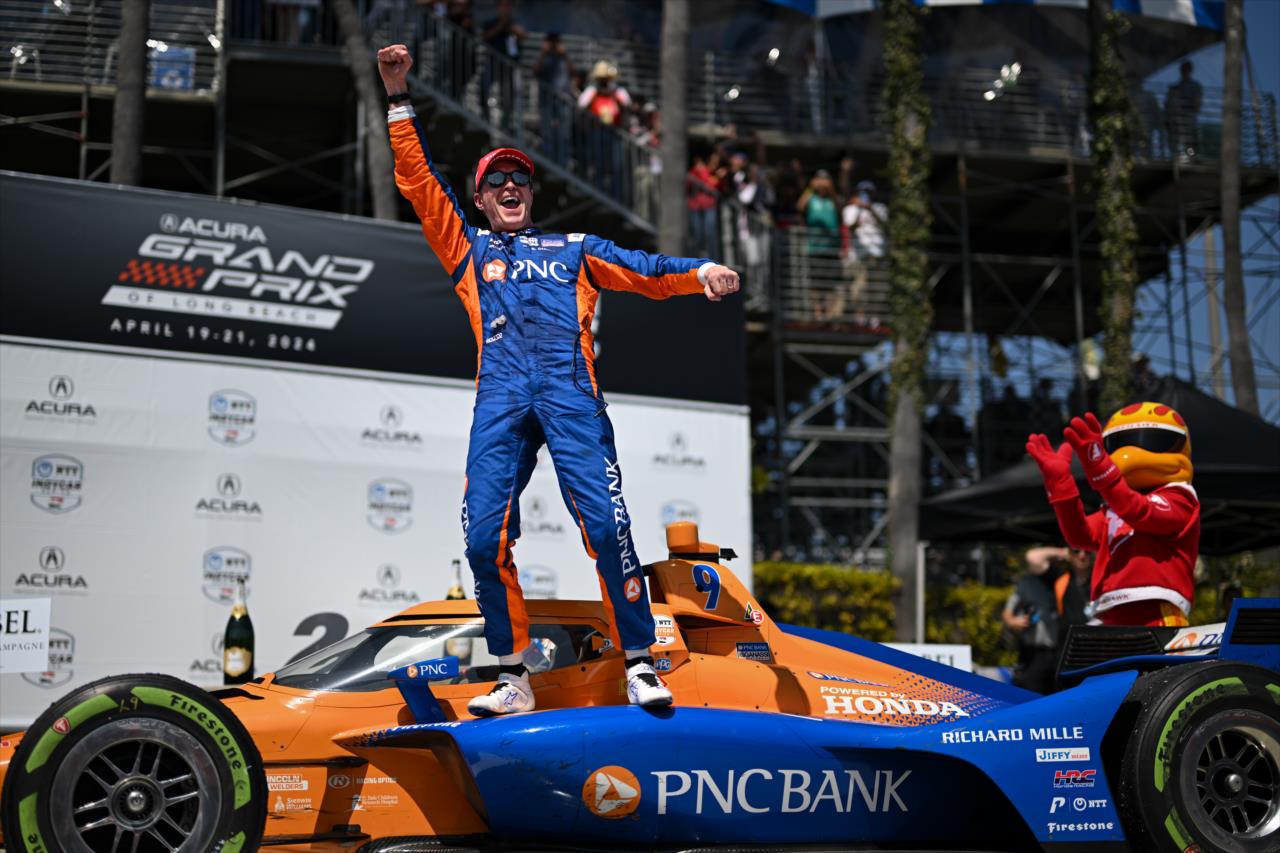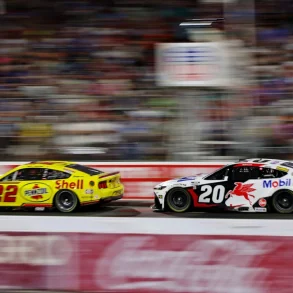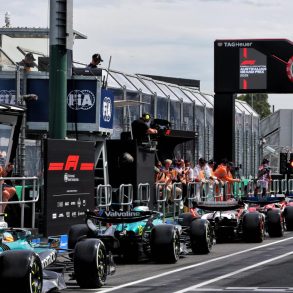Scott Dixon showcased his exceptional strategy skills once again at the Toronto IndyCar Series race, finishing on the podium despite starting from 15th on the grid. The veteran driver, who is 44 years old and races for Chip Ganassi Racing, managed to navigate through a competitive field, ultimately securing third place. His performance came after a subpar qualifying session for which he took full responsibility.
Dixon’s ascent through the ranks began with a clever strategy during the pit stops. By choosing to stay out longer than most of his competitors, including his teammate Alex Palou, Dixon moved up to sixth place after the initial pit stop. This strategy, known as an overcut, allowed him to gain significant ground by utilizing fresher tires and cleaner air.
In the final stages of the race, Dixon executed another successful overcut during his second pit stop. This was facilitated by a quick stint on softer tires, which provided him with the pace needed to pass additional competitors and secure his podium finish.

Unlike Palou, who benefited from an undercut strategy and some late-race retirements of other title contenders, Dixon’s climb to the top positions was purely due to his strategy and driving skill.
Dixon elaborated on his strategy by noting the importance of achieving a fast pace once in clean air. He highlighted how the overcut strategy is most effective when the car can perform well without traffic. Dixon’s fastest lap, which was significantly quicker than Palou’s, was achieved just before his first pit stop, underscoring the effectiveness of his approach.
The tire strategy played a crucial role in the race’s dynamics, as noted by runner-up Kyle Kirkwood. He praised the Firestone tires used in Toronto, which offered good performance and durability. Kirkwood observed that the tire compounds allowed for effective overcut strategies, with the hard tire benefiting from longer runs and the softer tire being used for shorter stints to avoid excessive degradation.







